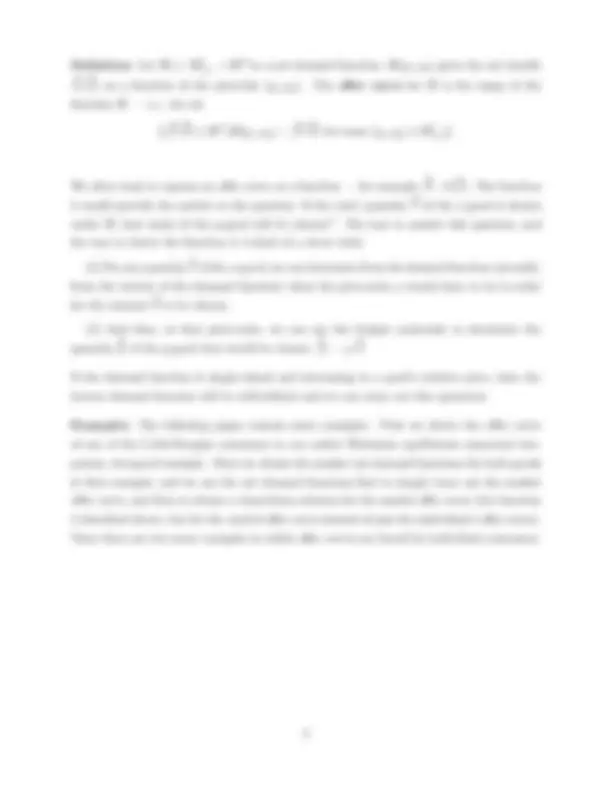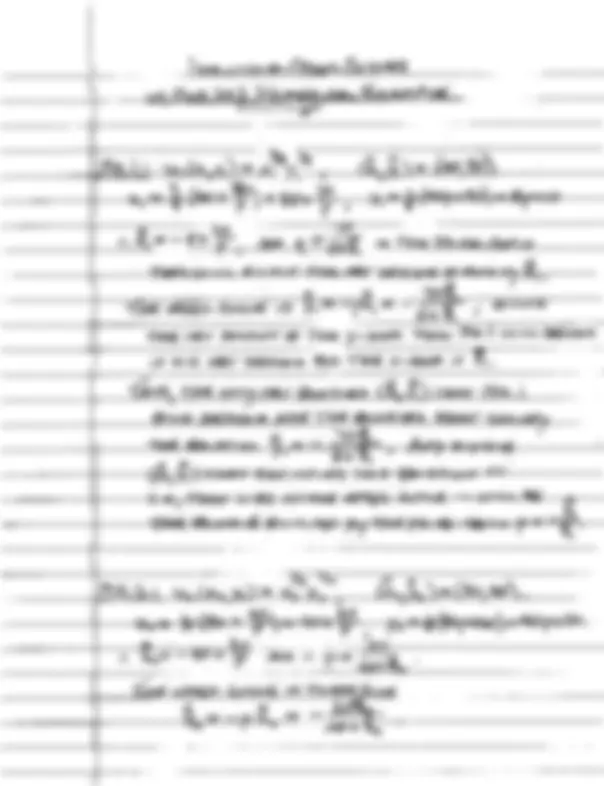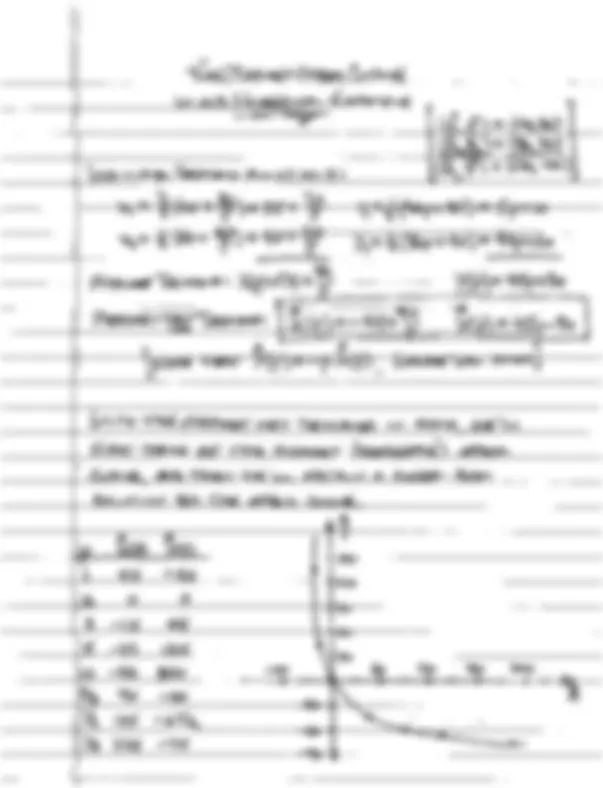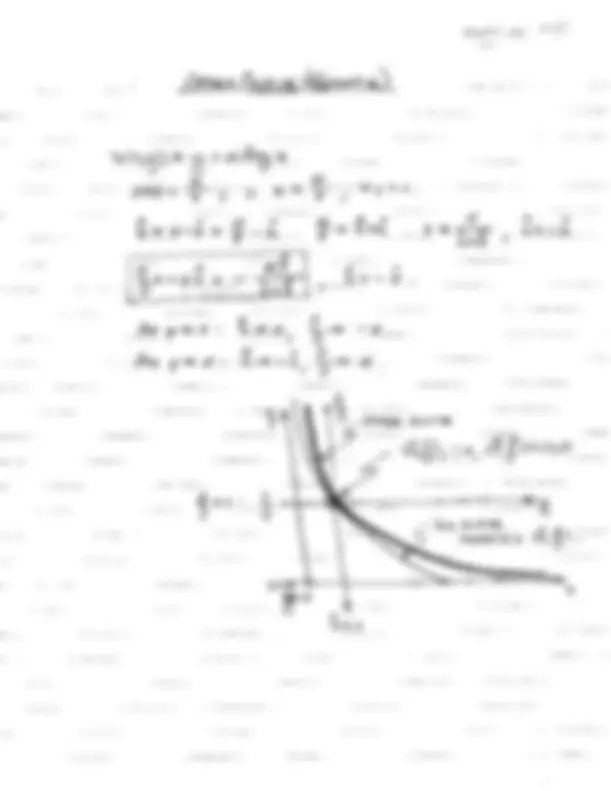






Study with the several resources on Docsity

Earn points by helping other students or get them with a premium plan


Prepare for your exams
Study with the several resources on Docsity

Earn points to download
Earn points by helping other students or get them with a premium plan
Community
Ask the community for help and clear up your study doubts
Discover the best universities in your country according to Docsity users
Free resources
Download our free guides on studying techniques, anxiety management strategies, and thesis advice from Docsity tutors
An in-depth explanation of offer curves, an alternative way to describe an individual's demand behavior or market demand function. The document focuses on the two-good case for the strong geometric insight it provides in understanding the analytical concept. It discusses the idea behind the offer curve, its relationship to the price-consumption curve, and how to derive the offer curve from a demand function.
Typology: Study notes
1 / 8

This page cannot be seen from the preview
Don't miss anything!





The offer curve is an alternative way to describe an individual’s demand behavior, i.e., his demand function. And by summing up individuals’ demand behavior, we can also use the offer curve to describe the market demand function.
The offer curve is generally well-defined for any number of goods, but we want to focus on the two-good case for the strong geometric insight it provides in helping to understand the analytical concept. Throughout this note there will be only two goods, with quantities denoted by x and y.
The idea behind the offer curve is to depict the individual’s demand behavior in the same space we use to depict his preferences (his indifference map) — namely, the commodity space, which, in the two-good case, is two-dimensional. You probably recall the price-consumption curve from your intermediate microeconomics course. There, as you change the price of one of the goods (say, the x-good) while holding constant the consumer’s wealth and the price
X Axis
Y Axis
Price-consumption curve
Figure 1: Price-consumption Curve
of the other good, you geometrically rotate the budget constraint and trace out the locus of bundles (x, y) the consumer would buy at the various prices px, as in Figure 1. Figure 2 retains the locus of (x, y)-bundles — the price-consumption curve — but omits the budget constraints and indifference curves. This price-consumption curve shows exactly the bundles this consumer would potentially purchase at the various possible prices px; all the other bundles in his commodity-space are ones he would not purchase, at any price (assuming the other good’s price and the consumer’s wealth, py and w, remain fixed at their original values).
(^00 1 2 3 4 5 6 7 8 )
1
2
3
4
5
6
7
8
9
10
X Axis
Y Axis
Price-consumption curve
Figure 2: Price-consumption Curve
The offer curve is exactly the same concept, but in the general equilibrium context. So instead of holding constant the consumer’s wealth or income, we hold constant his initial- endowment bundle (˚x, ˚y). And instead of tracing out his chosen bundles (x, y) at all the various prices of just the x-good, the offer curve traces out the locus of net bundles (∆ x, ∆^ y) he would choose at all the various possible price-lists (px, py), or equivalently, at all the possible price-ratios (relative prices) ρ = px/py.